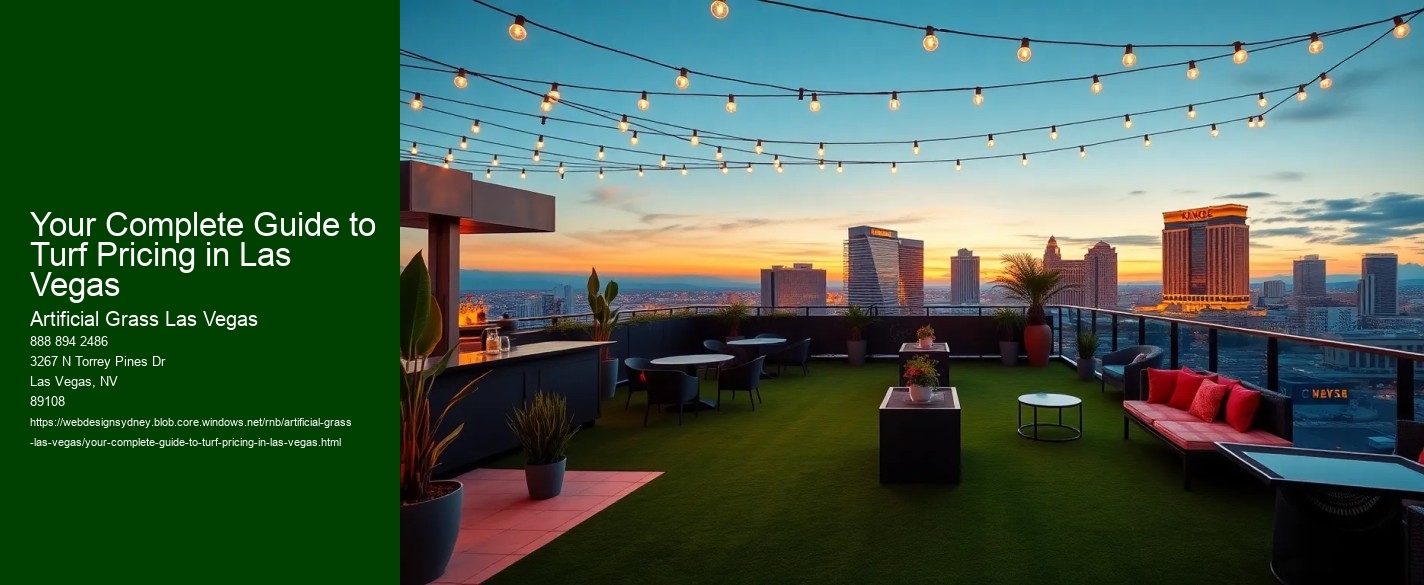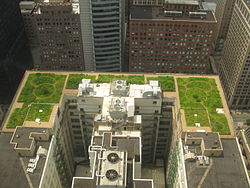Understanding the Different Types of Turf Available in Las Vegas
When it comes to choosing the right type of turf in Las Vegas, it's not just about looks; it's also about functionality and durability! Quality Artificial Grass Vegas Nevada. You might think all turf is the same, but that couldn't be further from the truth. There are actually several different types of turf available, each with its own unique features and benefits.
First off, let's talk about synthetic turf. This stuff is often made from materials like polyethylene or nylon, and it's designed to look and feel like real grass. The great thing about synthetic turf is that you don't have to worry about watering or mowing it, which is a huge plus in the scorching Vegas heat. However, you should know that it can get pretty hot underfoot during those summer months. It's not perfect, but it sure saves a ton of maintenance time!
Now, if you're looking for something more natural, you might consider natural grass options. There are actually several types of grass that can thrive in the desert climate, such as Bermuda or Zoysia. These grasses require regular watering and care, but they can provide a lush, green lawn that feels good underfoot. Just keep in mind that they'll need more attention than synthetic options, and you'll have to keep an eye on water usage, especially with the local restrictions.
Then there's the hybrid option, which combines both synthetic and natural elements. Las Vegas Turf For High Traffic Areas This type of turf can give you the best of both worlds, offering a more natural look while still minimizing maintenance. It's great for areas that see a lot of foot traffic, like playgrounds or sports fields, but it's not as widely available as the other types.
In conclusion, understanding the different types of turf available in Las Vegas is essential for making the right choice. Each option has its pros and cons, and what works for one person might not work for another. So, make sure you think about what you want from your turf before diving in. You definitely don't want to end up regretting your choice later on!
Factors Influencing Turf Pricing in Las Vegas
Okay, so you wanna know bout how much that artificial turfs gonna set ya back in Vegas, huh? Well, hold on tight cause it aint always a straight shot! Several factors really kinda muck things up (in a good way, usually, cause you get options!).
First off, theres the obvious: the quality of the darn turf itself. You cant expect that super-cheap, looks-like-plastic stuff to cost the same as the plush, realistic, feels-like-heaven kind, now can ya? Nah. It just dont work that way. More durable, UV-resistant, and natural-looking options, naturally, are gonna hit your wallet a little harder.
Then theres the area youre lookin to cover. A tiny dog run? Thats not gonna break the bank. But a whole backyard redo, especially if its shaped funny or has lots of obstacles (like, I dunno, a swimming pool or weird rock garden), thatll definitely increase the price. Installation is a biggie, too. Are we talkin a simple, flat surface? Or are we gettin into excavation, leveling, and drainage work? That stuff adds up, folks!
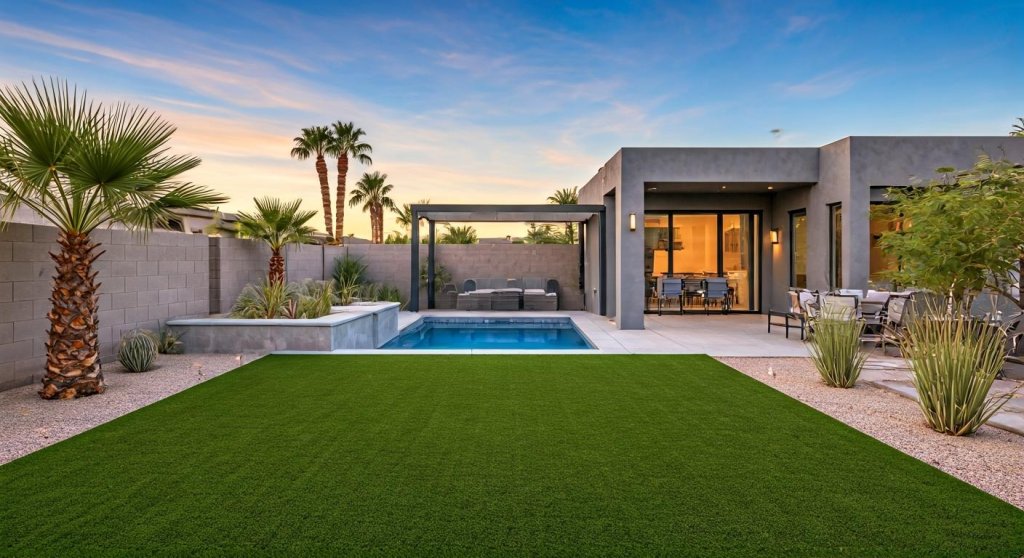
And hey, dont forget location! Las Vegas, being...well, Las Vegas, has its own unique market forces. Supply and demand, labor costs, even the season can play a role. You might find better deals in the off-season (if there is an off-season in the desert!). Plus, different installers have different overhead costs, so shop around! Ya know?!
Finally, any special requests? Fancy infill? Edging? Designs cut into the turf? These all influence the final bill. Its not just about the square footage; its about the whole shebang! So, yeah, turf pricing in Vegas is a bit of a puzzle, but with a little research, youll find something that fits your budget and your yard. Good luck, partner!
Average Turf Installation Costs in Las Vegas: A Breakdown
Hey there! So, you wanna know about the average turf installation costs in Las Vegas? Well, buckle up because its gonna be an interesting ride!
First off, lets talk prices. Now, these arent exactly set in stone (you know, like a Vegas casino!), but they do give you a good idea of what to expect. Generally speaking, you cant really get away with spending less than $3 per square foot. Thats right, folks, no cheap turfs here in Sin City!
On the flip side, if youre looking at high-end stuff, you might find yourself shelling out closer to $8 or $9 per square foot. This isnt for everyone though, especially if your budgets pretty tight like mine is sometimes!
Now, you might think that all this fancy grass comes with equally fancy installation fees, right? Not necessarily! Most companies will include some basic installation as part of their package. But, if you want something extra special, like professional edging or a detailed landscape design, youre gonna have to pay extra!
Oh, and dont forget about delivery costs! Depending on how much turf you need and where its coming from, this can really add up. Some places offer free delivery, which is awesome if you can score it!
But heres the kicker - installation times can vary wildly. If its super busy with other projects, you might have to wait a while (and who doesnt want to wait in line at a blackjack table, right?!). Rush jobs usually come with a higher price tag, so make sure you plan ahead if you can!
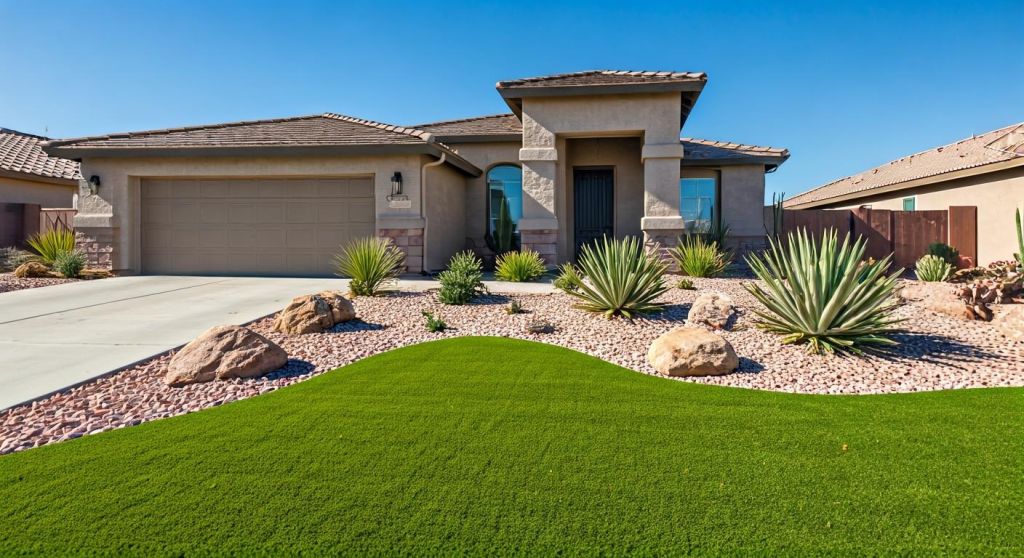
In conclusion, turf installation in Las Vegas isnt exactly budget-friendly, but it can transform your yard into a lush oasis quicker than you can say "show me the money"! Just remember to factor in all the costs before you take the plunge - you dont wanna end up owing more than you bargained for!
DIY vs. Professional Turf Installation: Cost Comparison
When it comes to laying down turf in Las Vegas, you got two main options: do it yourself (DIY) or hire a professional. Now, while DIY might seem like the cheaper way to go, its not always as straightforward as you think! First off, buying the turf by the roll can save you some dough, but then theres all the extra stuff you gotta get - the edger, the roller, even the stakes if you plan on installing it over an existing lawn. And dont forget about the tools you might need but dont already own - that could set you back quite a bit more than you initially planned.
On the flip side, a professional installer brings a wealth of experience and specialized equipment, which means they can usually get the job done faster and with a better end result. You wont have to worry about messing up the layout or using too much adhesive. But heres the catch - professional installation fees can really add up. Its not uncommon to pay several hundred dollars more just for the labor alone. Now, some folks might argue that the time saved is worth it, but if youre on a tight budget, that extra cost could be a deal-breaker!
Then again, if youre looking at this purely from a cost perspective, you gotta factor in your own time. Sure, DIY saves on labor costs, but what about the days you spend trying to figure out how to install the turf properly? You could waste a whole weekend battling the heat and the wind, cursing under your breath every time you trip on a loose edge. So, while DIY might save you some cash upfront, it aint exactly free when you consider all the hours youll be spending on it.
But hey, if youve got a green thumb and enjoy working outdoors, DIY can be a fun project. Plus, once youre done, you can proudly say you did it all by yourself. Just make sure you know what youre getting into before you start cutting corners. After all, nobody wants to spend weeks redoing a botched turf job!
Hidden Costs to Consider When Budgeting for Turf
Hey there! So youre thinking about putting down some turf in Las Vegas? Great idea for those hot, sunny days! Best Synthetic Turf For Heat Las Vegas But before you dive into your budget, there are a few hidden costs you might wanna consider (and believe me, they can add up fast).
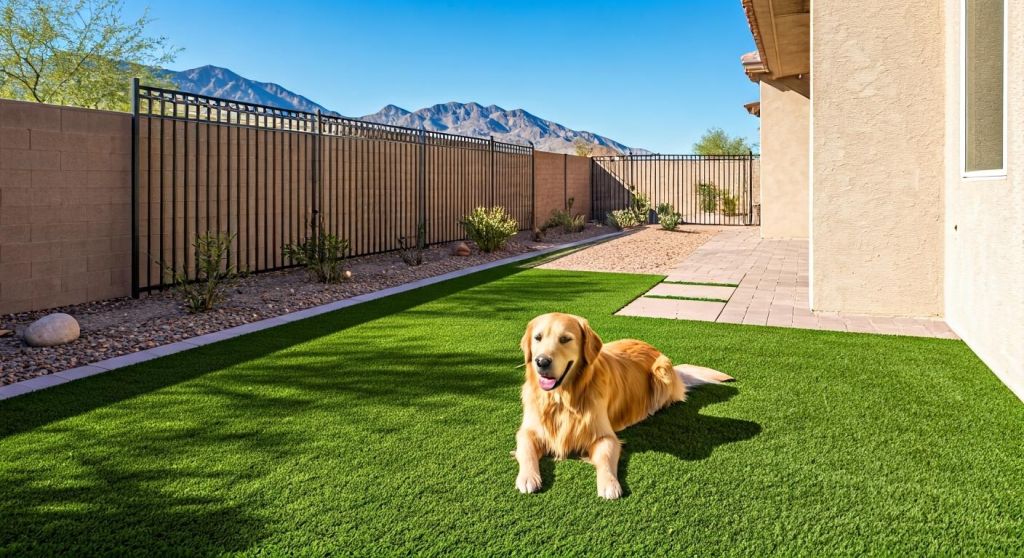
First off, dont forget about the soil preparation. Good turf needs a solid base (you know, like a comfy bed), and if your soil isnt up to snuff, youll need to do some work (or pay someone to do it) to get it ready. This could mean importing fresh soil or adding amendments to existing dirt. Its not always as simple as just laying down the grass!
Another thing to keep in mind is irrigation. Grass, even fake-looking turf, still needs water to survive (well, at least the real part does). Setting up an irrigation system might seem like a no-brainer, but it comes with its own set of expenses. Theres the cost of the equipment, the installation, and then youve got to think about the ongoing utility bills. Oh, and who wants to deal with broken sprinklers during the middle of summer?
Watering the turf isn't all there is to it either. Weeds and pests are not friends of your new lawn. Sure, synthetic turf doesn't grow weeds, but it still attracts pests like ants and spiders. And if you opt for natural turf, well, you're gonna need to invest in some pest control measures (which ain't cheap) to keep your grass looking lush and green.
Then there's maintenance. Synthetic turf isn't maintenance-free. It still needs cleaning, edging, and sometimes replacement of worn-out parts. Natural turf demands even more attention: mowing, fertilizing, aerating, and dethatching. All these tasks require time and money, so plan accordingly.
Don't overlook the cost of labor either. Unless you're quite handy, most people won't want to do all this work themselves. Hiring professionals for installation, maintenance, and repairs can quickly escalate your total cost.
And let's not forget about permits and inspections. Depending on where you live and what kind of work you're doing, you might need to obtain specific permits. Inspections also add to the process, which means additional fees (and possibly delays).
In conclusion, while the upfront cost of turf might seem manageable, these hidden costs could end up making a big dent in your budget. Take your time, do your research, and make sure you're prepared for everything that comes with installing a new lawn in Las Vegas!
Tips for Getting the Best Turf Pricing in Las Vegas
When it comes to getting the best turf pricing in Las Vegas, there are a few tips and tricks that can really help you out! First off, you gotta understand that not all turf is created equal. I mean, there's a whole variety out there, and the prices can differ wildly based on quality, type, and even the supplier. You don't wanna just settle for the first option you find, right?
One of the best ways to score a good deal is to do your homework. Research different suppliers and compare their prices, but don't just look at the numbers! Check out reviews and see what other customers have to say. You might find that one company offers a lower price, but the quality might not be worth it (you really don't want to end up with turf that fades or wears out too quickly).
Another tip is to ask about any ongoing promotions or discounts. Many suppliers in Las Vegas offer seasonal sales, or perhaps they have special deals for bulk purchases. You'd be surprised how much you can save just by asking!
Timing is also super important. If you can, try to plan your purchase during off-peak seasons when demand is lower. You'll often find that prices drop during these times, and you might even get better service since the suppliers aren't as busy.
Lastly, don't forget to negotiate! It might feel a bit awkward, but many suppliers are open to haggling. If you've done your research and found a better price elsewhere, don't hesitate to bring it up. You never know what kinda deal you could end up with!
So, there you have it! With a little effort and some savvy shopping skills, you can definitely find the best turf pricing in Las Vegas without breaking the bank. Happy shopping!
Maintaining Your Turf to Maximize its Lifespan and Value
Maintaining Your Turf to Maximize its Lifespan and Value for Your Complete Guide to Turf Pricing in Las Vegas
Hey there! So, you wanna keep that lush green carpet in your backyard looking fresh and fetching, huh? Well, maintaining your turf aint just about mowing every now and then. Its a whole lot more involved than that!
First off, you gotta water right! Overwatering can be just as bad as not watering enough. You don't want your grass to drown, now do you? But, on the flip side, if you neglect it, itll start to look like a desert. Finding that sweet spot is key!
Feeding your turf is another must. Just like you need your veggies to grow big and strong, your grass needs nutrients too. Without them, itll be weak and susceptible to diseases and pests. So, make sure youre using a good quality fertilizer and applying it at the right times.
Speaking of pests and diseases, keep an eye out for those! Early detection can save you a lot of grief and money in the long run. Don't wait until your grass is a patchwork of brown spots before you take action.
Aeration is super important too, even if it might sound a bit strange. It helps the oxygen, water, and nutrients get down to the roots where theyre needed. Without it, your turf can become compacted, and that's not good news for growth.
Oh, and mowing? Yeah, you can't forget about that. But here's the thing: don't scalp your grass! Cutting it too short can stress it out and make it more vulnerable. Aim for about an inch and a half to two inches tall. It might look a bit longer, but trust me, itll pay off in the end.
Neglecting these tasks can really hurt the value of your turf. And let's be honest, a well-maintained lawn can add a ton of curb appeal and potentially increase your home's value.
Your Complete Guide to Turf Pricing in Las Vegas - Las Vegas Artificial Grass For Dogs
- Las Vegas Artificial Grass For Dogs
- Las Vegas Turf For High Traffic Areas
- Best Synthetic Turf For Heat Las Vegas
Alright, that's it from me. Happy turfing!
